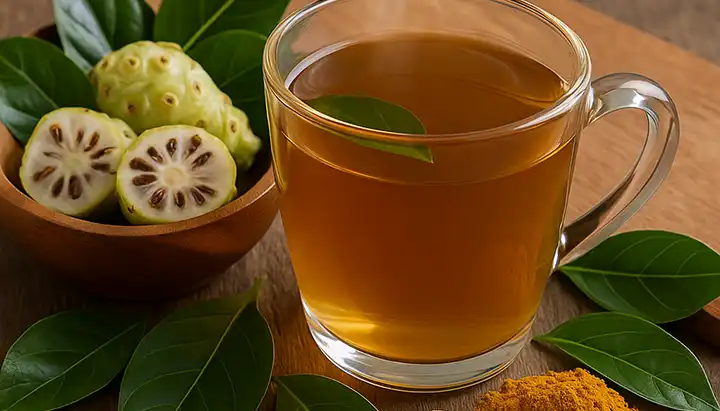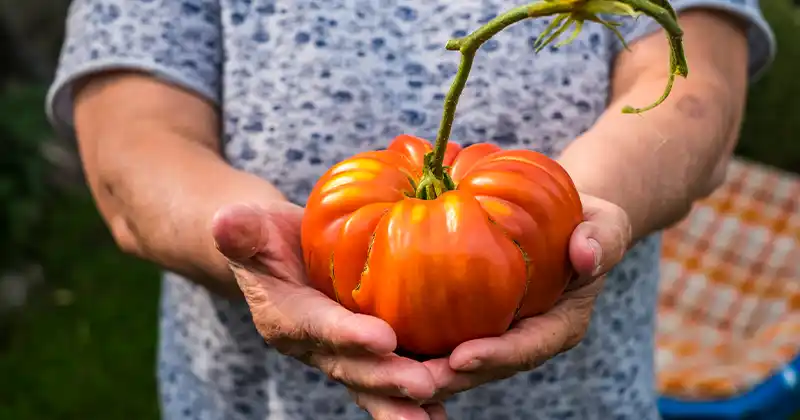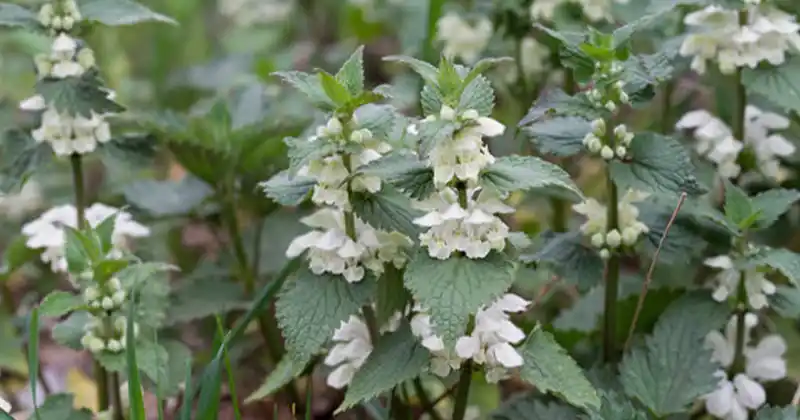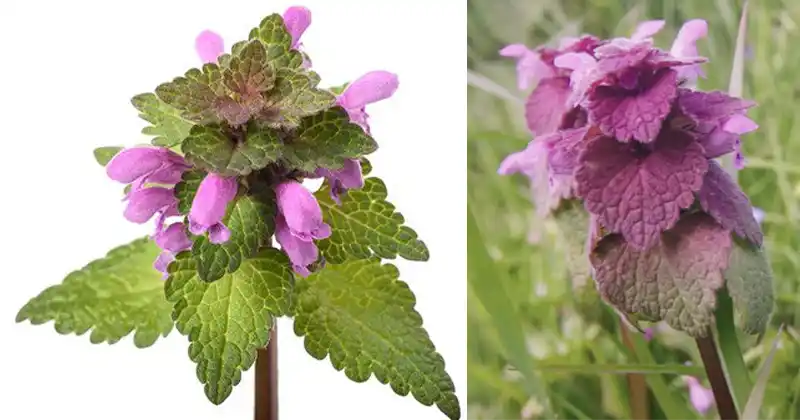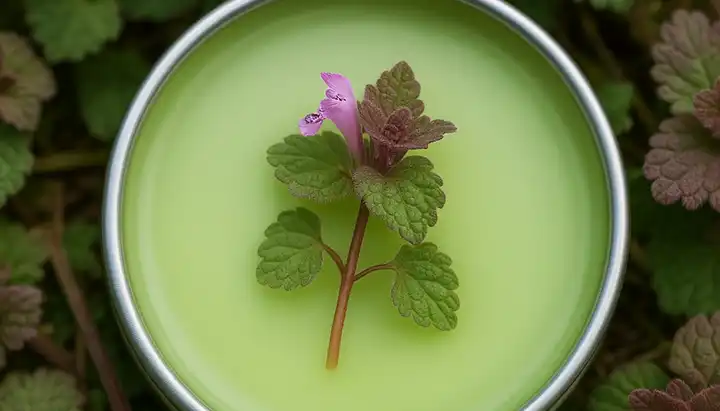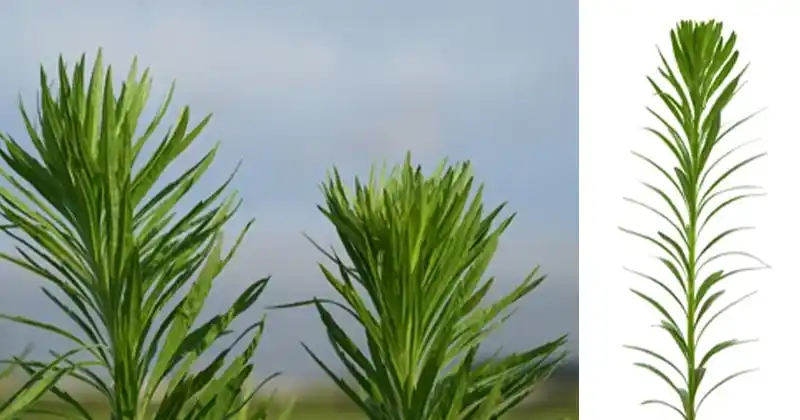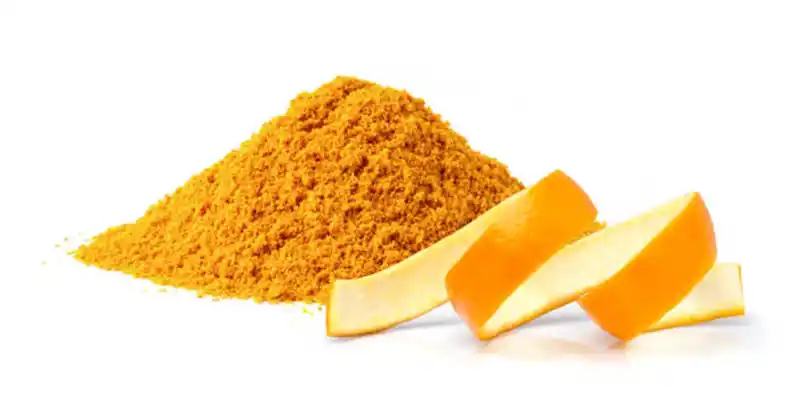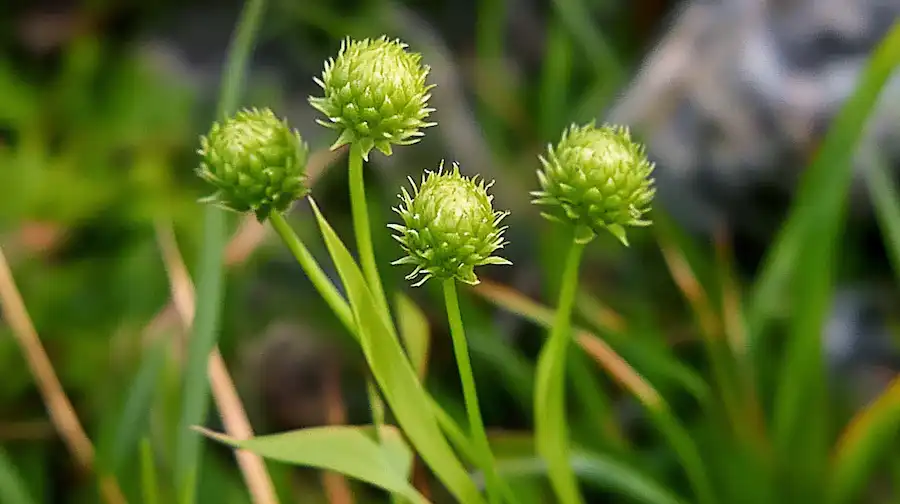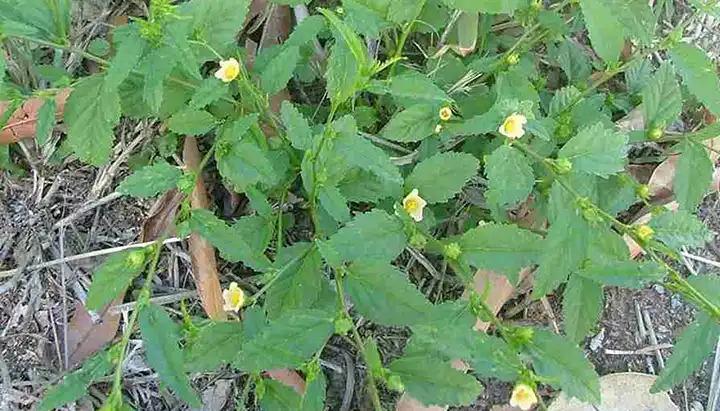Unveiling the Mystery of White Foam: Understanding Spittlebugs and Their Impact on Plants
If you’ve ever wandered through your garden and noticed clumps of white foam on your plants, you’ve likely encountered spittlebugs. These tiny insects, while not as notorious as other garden pests, can still be a cause for concern due to their unique feeding habits and the potential stress they can cause to plants. This article delves into the world of spittlebugs, providing essential insights into identifying, managing, and understanding these peculiar insects.
What Are Spittlebugs?
Spittlebugs are the nymph stage of insects known as froghoppers, which belong to the family Cercopidae. The “spittle” part of their name comes from the frothy white mass they produce and live within while feeding. This foam serves multiple purposes: it shields them from predators and environmental factors, and maintains moisture around them.
Identifying Spittlebugs
Key Characteristics:
- Appearance: Spittlebugs are small, often no more than 1/4 inch long, and can be green, brown, or yellow.
- Signs: The most obvious sign of spittlebugs is the white, frothy spittle they produce. This foam is typically found on plant stems and leaves.
- Behavior: Spittlebugs tend to feed on plant sap, which they extract with their piercing mouthparts. The foam is a byproduct of this feeding process.
Impact on Plants
While spittlebugs generally do not cause significant harm to healthy, mature plants, their feeding can stress younger or weaker plants. The primary concern with spittlebug infestations is:
- Stunted Growth: Heavy feeding by numerous spittlebugs can weaken plants, potentially stunting their growth.
- Visual Impact: For ornamental plants, the presence of spittle can be unsightly, affecting the aesthetic value of gardens.
Managing Spittlebugs
1. Physical Removal:
- Method: Manually removing the foam and the nymphs inside is an effective way to control small populations. You can rinse them off with a hose or wipe them away with a cloth.
2. Water Sprays:
- Method: A strong jet of water can be used to dislodge spittlebugs and their foam, reducing their numbers and interrupting their life cycle.
3. Natural Predators:
- Beneficial Insects: Encourage natural predators such as ladybugs and lacewings, which feed on spittlebugs.
4. Chemical Treatments:
- Insecticides: If infestations are severe, consider using insecticidal soaps or neem oil as targeted treatments. These are less harmful to beneficial insects and the environment.
Preventive Measures
- Plant Health: Maintain plant health through proper watering, fertilizing, and pruning practices. Healthy plants are more resilient to pest infestations.
- Monitoring: Regularly inspect plants for early signs of spittle and remove promptly to prevent population buildup.
Coexisting with Spittlebugs
Understanding spittlebugs is crucial for gardeners looking to maintain the health and appearance of their plants. While they rarely cause significant damage, managing their presence thoughtfully ensures that your garden remains vibrant and healthy. By employing simple management strategies, you can effectively control spittlebugs and minimize their impact.
